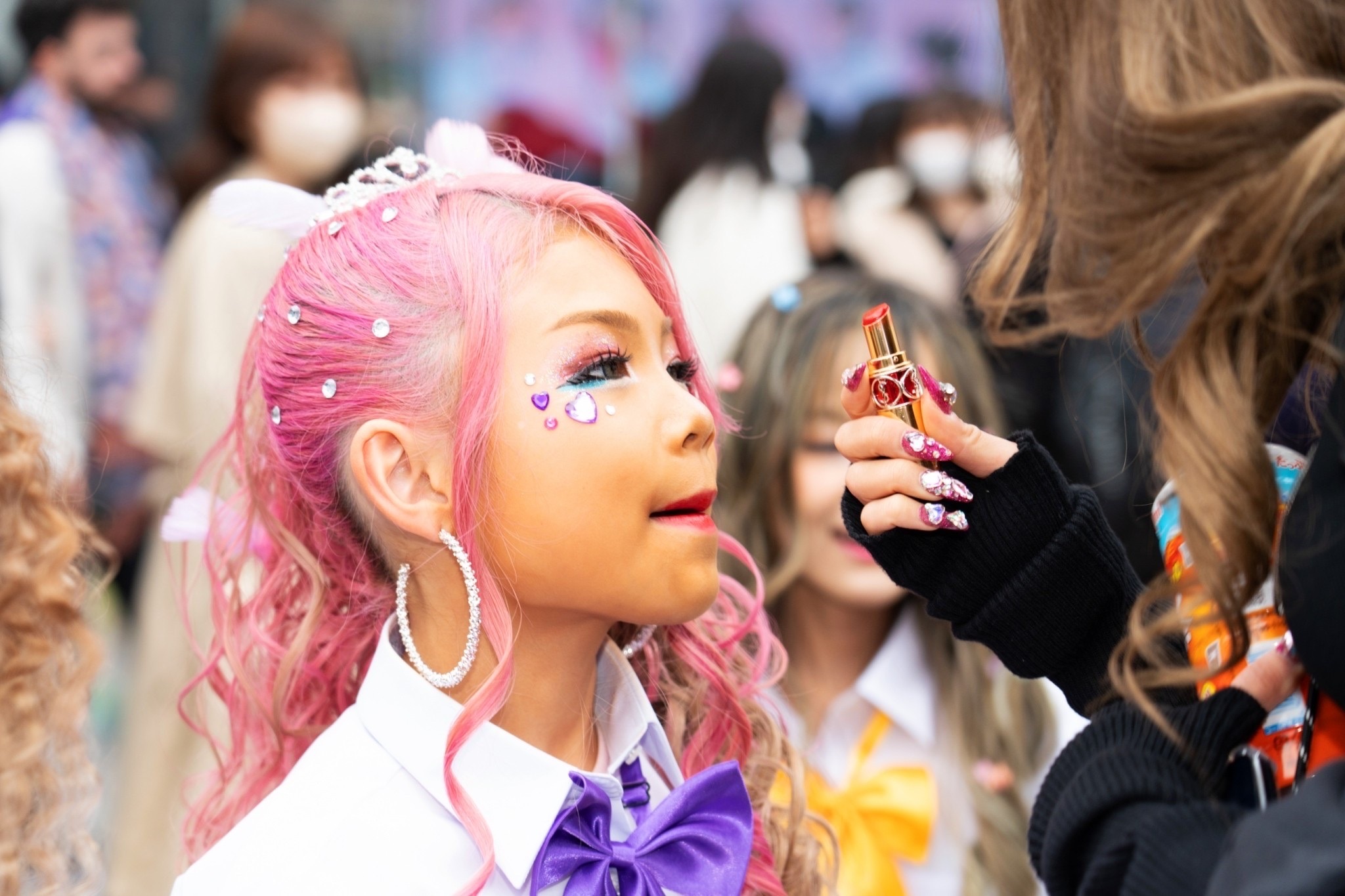Don’t be surprised if you spot people sporting long, glittery nails and big socks over bare legs on the train, and it’s best to expect queues at the puri-kura machines. Japanese “gyaru” culture is back.
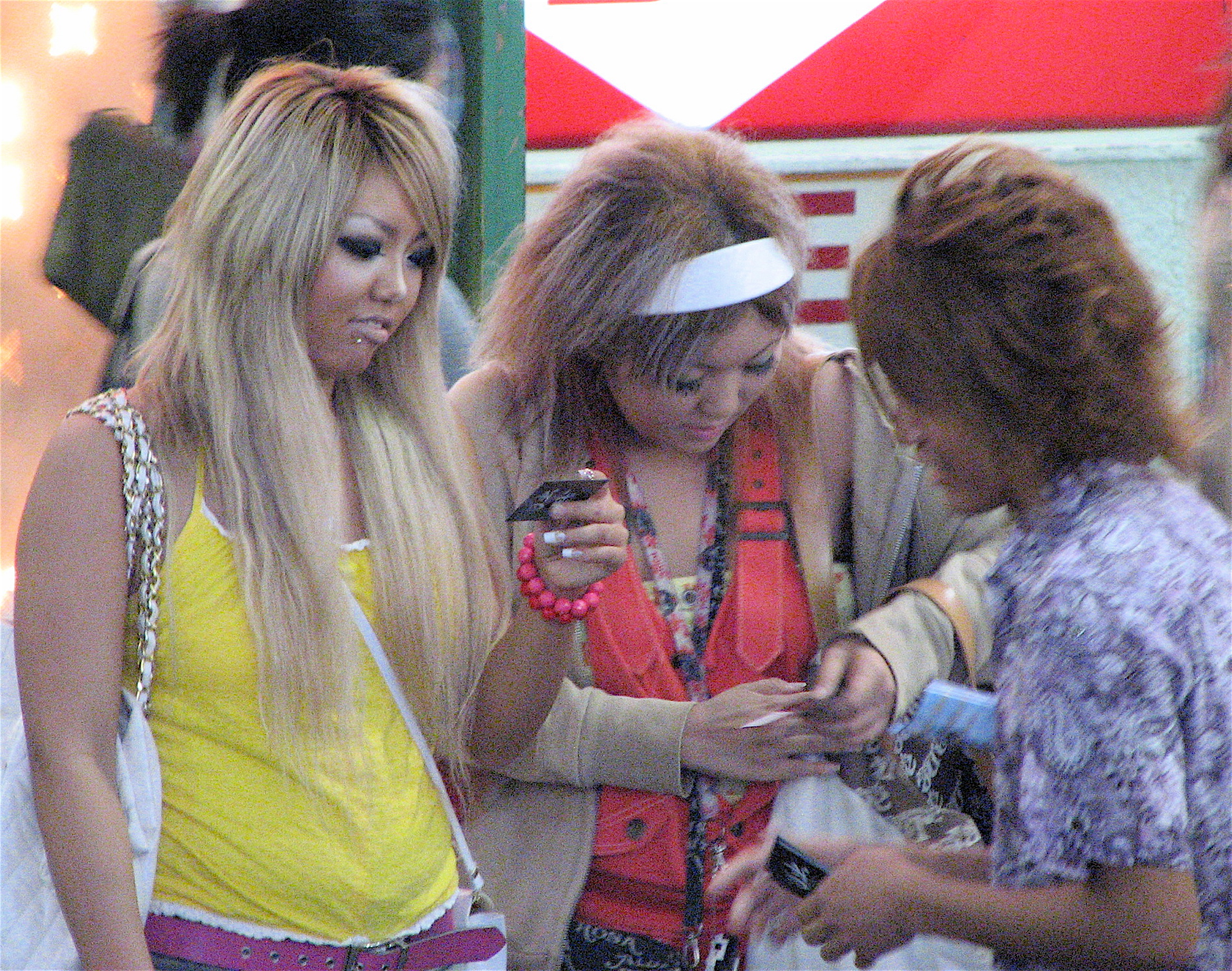
What is Gyaru?
“Gyaru” is a transliteration of the English word “gal,” and the gyaru aesthetic is characterized by a particular look: hair dyed lighter, heavy makeup, sexy clothing and an accompanying wild attitude. While its exact origins are hard to pinpoint, the Japanese concept of “gyaru” came fully into its own in the 1990s.
In many ways, the subculture is a form of feminine rebellion. Taking a stand against Japanese beauty standards at the time, wealthy teenage schoolgirls put one finger up to the pale, demure ideals they were expected to meet. Instead, they splashed out 10-shades-darker foundation, touted flashy designer bags and customized their private school uniforms to the max.
The Gyaru “Look”
The first wave of gyaru is known as kogyaru, mostly associated with upper-class private school students who shortened the skirts of their uniforms so they were very short and wore them both in and outside school as a fashion statement. They teamed the skirts with school-issued loafers and big, bulky loose socks.
In the mid-1990s, the subculture became more mainstream as lower classes began to partake. This was thanks in part to the change-up of the unofficial gyaru uniform, as gyaru started to wear midriff-baring fashion from Shibuya department store Shibuya 109. The famous shopping center stocked brands like Alba Rosa, which makes surf-inspired clothing, alongside glitzy shoes from Esperanza, a hit with the gyaru subcultures. The shops were staffed with gyarus, too, who showed their customers the best of gyaru fashion.
There were many different subcultures of gyaru, but these types and subtypes are unified by an overarching focus on big, bold dressing. Hair sprayed into messy beehives and socks stacked with enough material to make a pair of trousers. Tops had to show the midriff, skirts: the shorter the better… you get the idea.
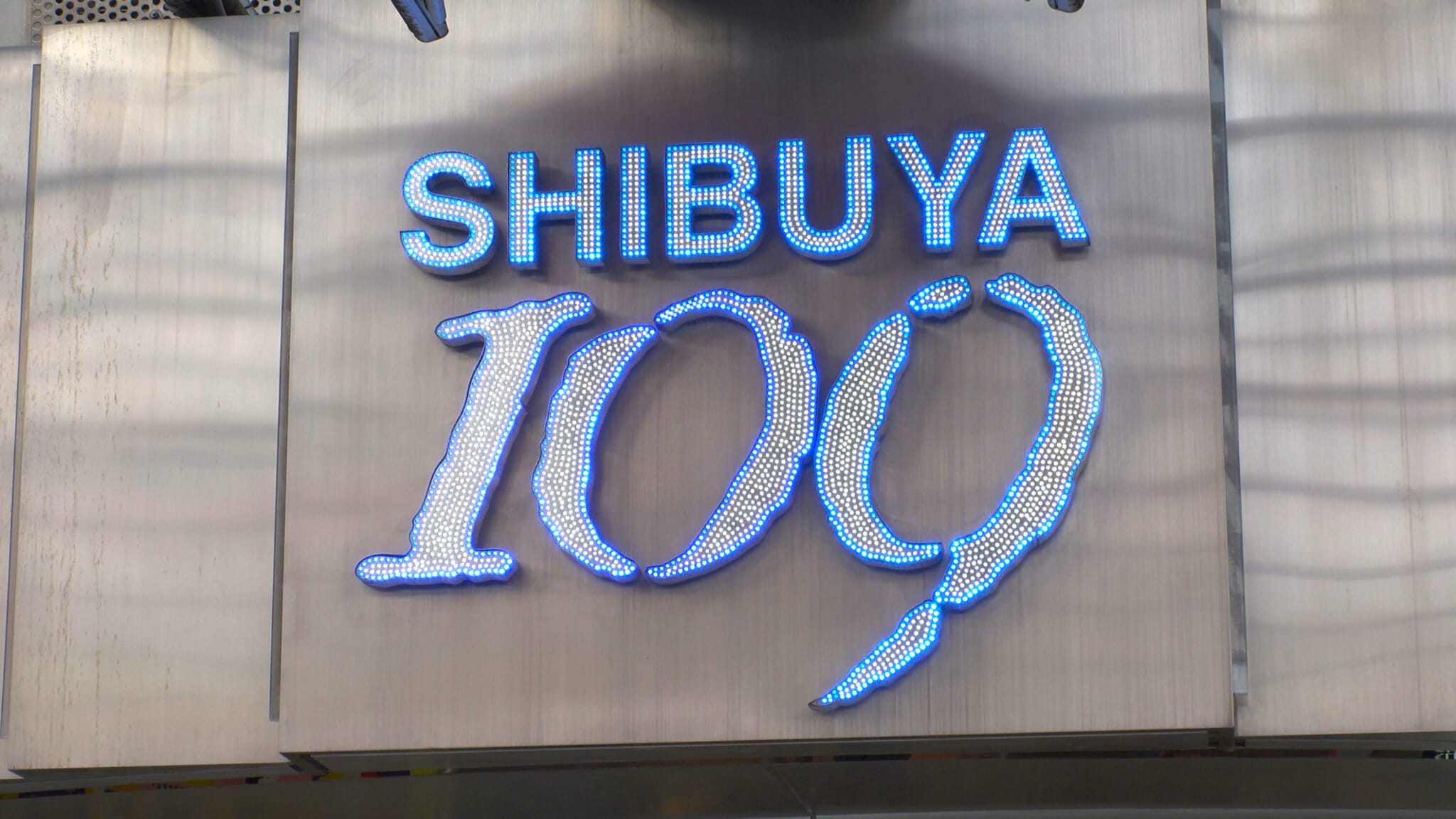
Gyaru Culture
In the late 90s, gyaru culture had its own bible: Egg. The magazine boasted pages of puri-kura customizable passport style photos and explicit testimonials from gyaru themselves. Readers of Egg were spread across the country: the magazine exemplified the importance of the gyaru subculture.
Gyaru were said to have free and open minds, the kind of girl who wouldn’t quake at refusing requests and doing their own thing. This was a subculture of independence. Dress modestly? No way! Be quiet? Not a chance!
In addition to shopping, gyaru also had a reputation for being fun-loving and rowdy, throwing lavish parties and frequenting Shibuya nightclubs. Interestingly, it’s thought that the term kogyaru was originally coined by bouncers, referring to the underage girls who tried to get into the clubs.
Gyaru even had a dance, known as para-para. Best described as a cross between voguing and cheerleading, it involved throwing the arms out in synchronized movements, to the tunes of Eurobeat, pop and hi-NRG.
One of the most famous gyaru musicians was Namie Amuro, a singer from Okinawa. Even though she never personally addressed her relationship to gyaru and its culture, this did not stop the star from becoming an icon of the movement, to the extent that Egg dedicated an entire issue to getting the Amuro look.
All good things must come to a (near) end, though: The gyaru subculture began to decline, leading Egg to disband in 2014.
The Gyaru Movement Today
But now the gyaru movement is back, with a modern twist. Not only has Egg restarted, there is now even a private gyaru school in Tokyo Plaza in Harajuku.
Gyaru School
Run by a self-professed gyaru, Hitomi Akaogi, a short-time editor of the new version of Egg, Shibuya Girls International School teaches its pupils how to survive as a strong, independent woman in the industry. Lessons include English conversation, video making and social media marketing, and include allocation for those students who want to attend auditions as aspiring TV stars.
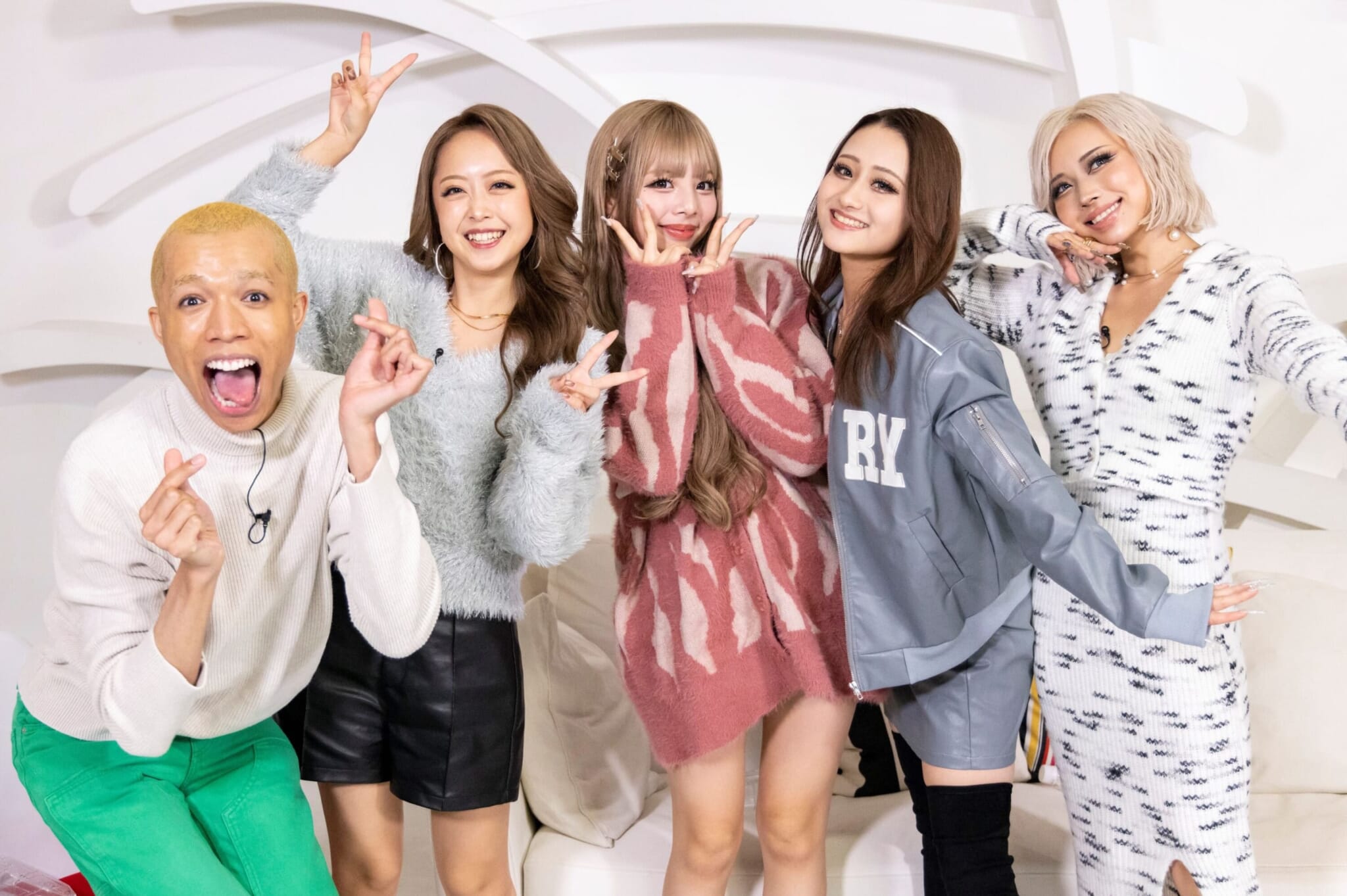
Gyaru in Pop Culture
Elsewhere, gyaru culture and its influence is everywhere, and not just in Rina Sawayama’s newest music video. If you head into Shibuya you’ll spot loose socks and mini skirts, glam nails and big lashes. Whether every wearer calls themselves “gyaru” or not is hard to ascertain, yet there’s definitely an influence in there, whether conscious or not. Japanese musicians such as LANA and Elle Teresa embody the gyaru culture in their music and with their aesthetic; the latter recently released a song all about being a “gal” (gyaru). Elsewhere, one of the most popular remixes of Yuki Chiba’s song “Team Tomodachi” is its official “gal remix,” by Charlu, Reneé Couto, and Eliyen (stylized as 3li¥en).
And it’s not just gals, either. Gen Z musician Aisho Nakajima is known for his glamorous wardrobe, decked with gems and all that glitters. A former make-up artist, the singer touts his fierce looks through social media, with bold eyeshadow colors and the odd wig or two.
The Tokyo club night Amapi night — a series run by local models around the Amapiano music genre — attracts gyaru of all kinds to twerk their way around the stage.
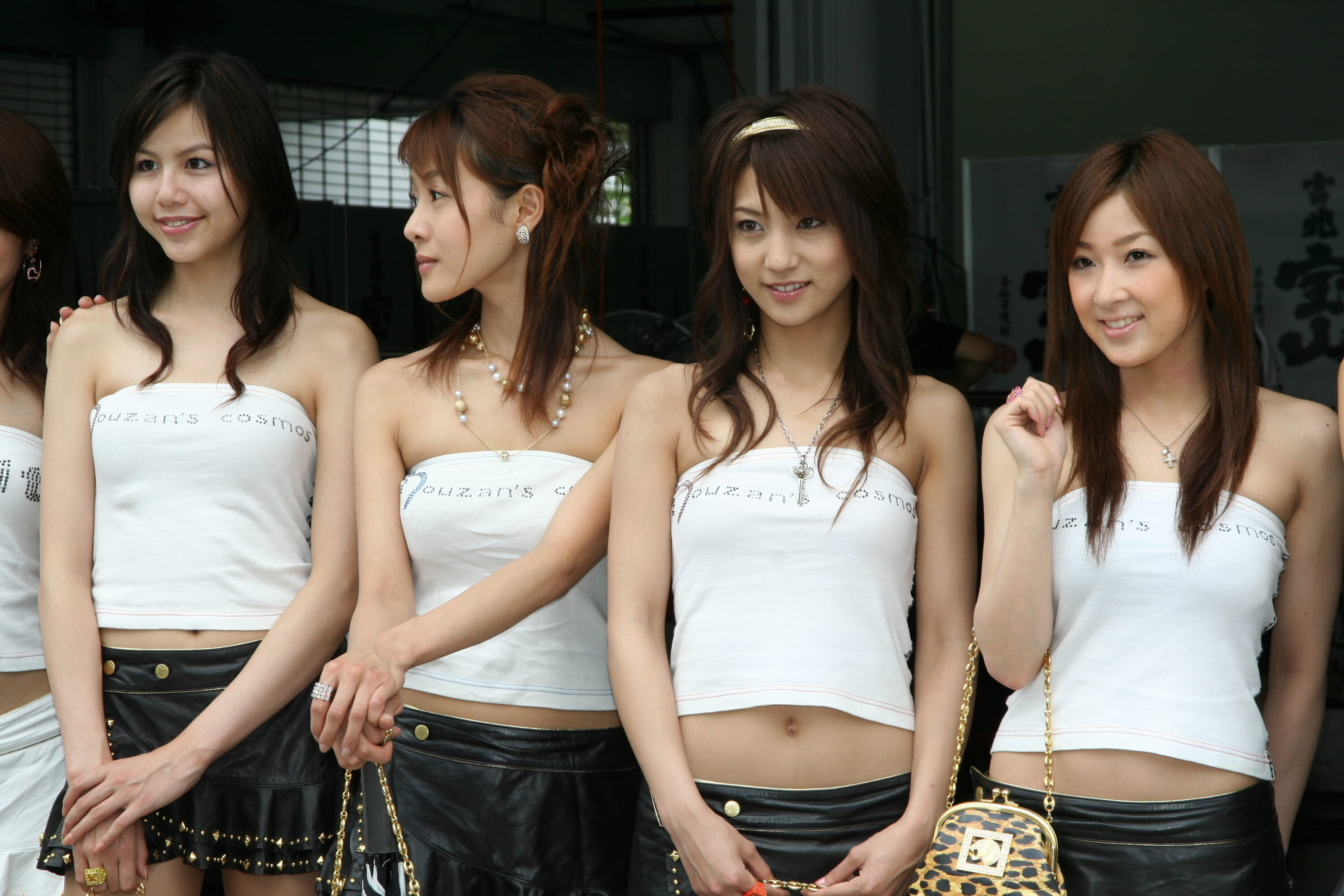
How to be Gyaru
Attracting much less media hype, the gyaru culture today can be a lot more subdued compared to the original type of gyaru which made the subculture famous. This makes it more attainable for the average fashionista.
Whether it’s getting your nails sculpted into talons by a local nail artist, trying out one of Miu Miu’s ultra-short mini skirts, or just being a fun-loving party animal, the gyaru culture is now more accessible than ever before.

